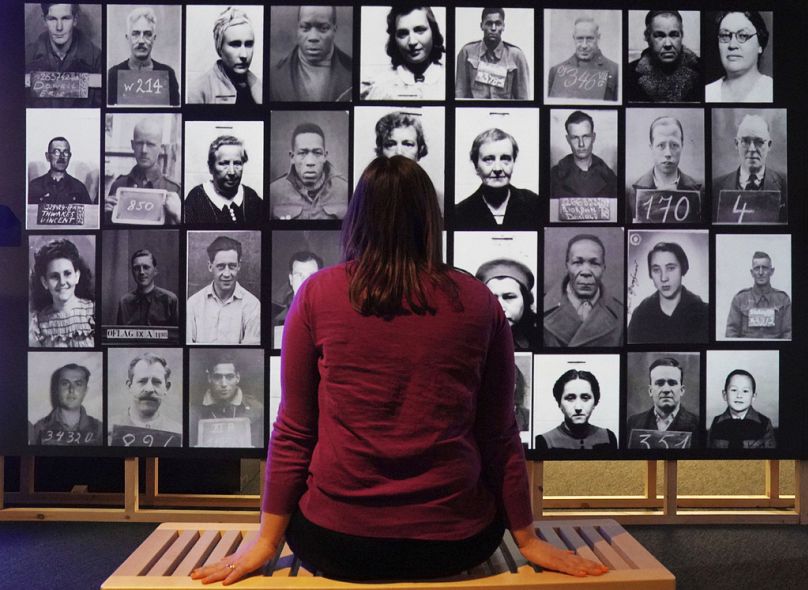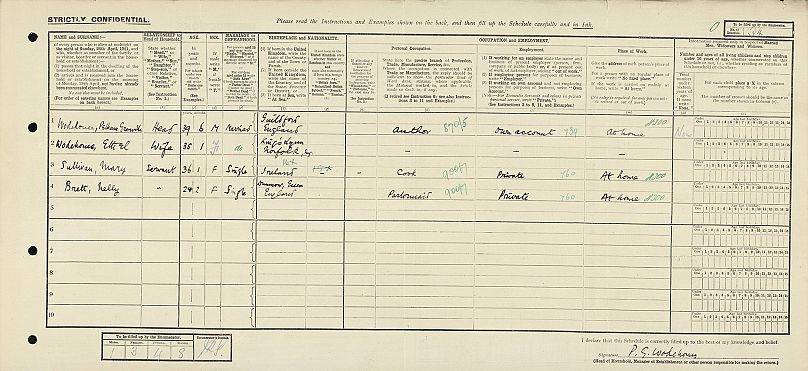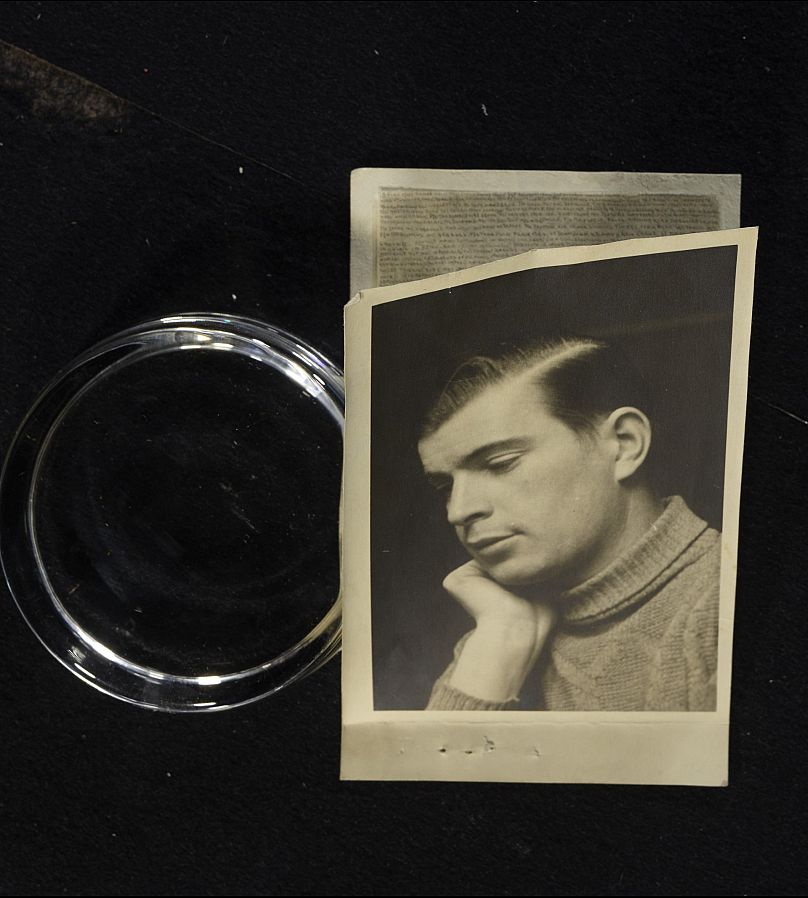From P.G. Wodehouse's typewriter in a Polish camp to hidden maps in a deck of cards, the exhibition unveils captivating stories of wartime resilience and creativity.
Eight decades ago, amidst the turmoil of World War II, a group of 76 daring detainees carried out a remarkable escape from a German prisoner of war camp, tunnelling their way into a snowy forest.
It ended tragically for most of the escapees. Three made it to safety, the others were recaptured and 50 of them were executed under the order of Adolf Hitler.
Nevertheless, the event became known as the “Great Escape," credited with embarrassing the Germans and celebrated in a film starring Steve McQueen that took liberties with the facts - but became the stuff of legend.
Now, to mark its 80th anniversary, a new exhibition at The National Archives in London explores escapes of all types - some physical, others creative - to ease the tedium and torment of captivity among prisoners of war and civilians held in internment camps in Europe and Asia.
Unveiling the remarkable stories of wartime captives
The exhibition, titled "Great Escapes: Remarkable Second World War Captives," came about the acquisition of 200,000 records by The National Archives, which houses an extensive collection spanning a millennium.
Roger Kershaw, one of the curators, shares that the stories within these records, encompassing people from diverse backgrounds, resonated vividly with the human experience of wartime captivity.
"With these records, you get photographs as well. So, they really brought a colourful kind of story, which we thought would really captured the hearts of people coming to see an exhibition," explains Kershaw.
One of the exhibits features the British writer P.G. Wodehouse, who was living in France in 1940 when he was arrested as an “enemy alien” and taken to a camp in Poland and held for nearly a year.
During his year of incarceration, he persuaded the commandant to get him a typewriter and he wrote two novels, including “Money in the Bank.”
A copy of the book is on display, along with an internee card that misspelled his name and a Saturday Evening Post article about his life as an internee.
"The actual place they went to obviously confined, and people were very bored. There's a lot of tedium. And he managed to successfully campaign the commandant to get a portable typewriter," says Kershaw.
Among the exhibits are not only documents and photographs but also a deck of cards featuring a hidden map, a compass cleverly concealed within a shoe brush, and a flight boot designed with a zip-out sheepskin lining to transform it into a civilian shoe to help someone blend in.
Stalag Luft III: The setting of the Great Escape
The exhibition also revisits Stalag Luft III, the war camp where the "Great Escape" took place.
Built on sandy soil with elevated barracks to prevent tunnelling attempts, the camp housed officers such as Bertram "Jimmy" James, a prolific escape artist.
Over a year, these men secretly dug three tunnels - named Tom, Dick, and Harry. While the Germans discovered the first tunnel, the others remained undetected.
The original plan was to get 200 men out through tunnel Harry, but on the night of the escape the first man who emerged realised the tunnel did not extend as far beyond the wire as they had anticipated.
Only 76 made it out before a guard noticed footprints in the snow.
Adolf Hitler was so enraged by the escape that he had ordered executions of the 73 recaptured men, and the Nazis eventually settled on killing 50 - all in violation of the Geneva Conventions on treatment of war prisoners.
After the war, the murders of the Allied airmen were part of the Nuremberg trials and several Gestapo officers were sentenced to death.
"Great Escapes: Remarkable Second World War Captives" runs until 21 July 2024 at the National Archives in London.
Check out our video above for a look inside the fascinating exhibition.














